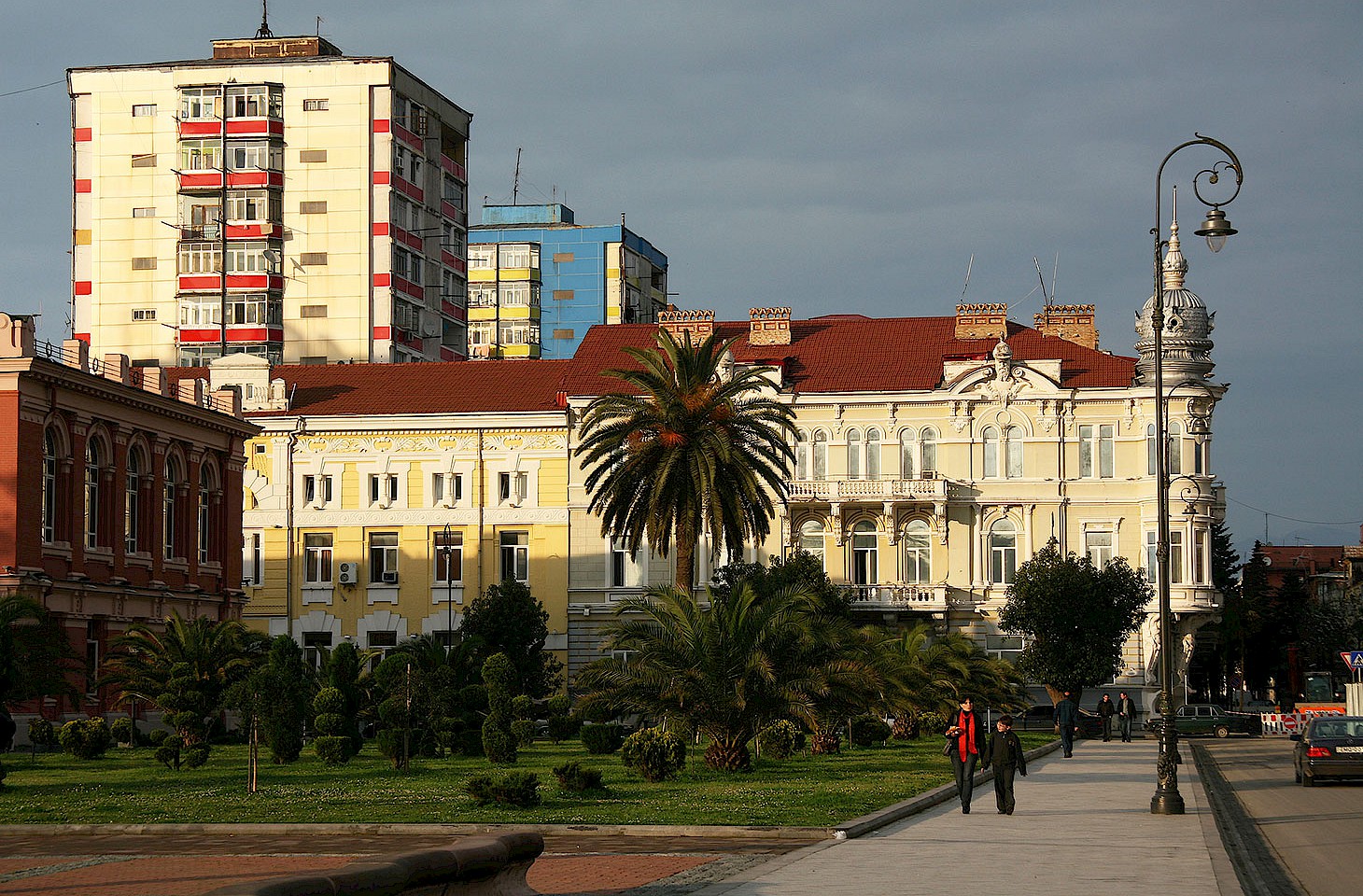Quasi-states, those territories that have not quite achieved the status of a country, are always interesting places. Whether it be Transdniestr or the Republika Srpska, these would-be countries are more than just quirky curiosities. They are flashpoints for conflict. And they challenge the international community to come up with imaginative solutions that recognise the issues of ethnicity that often underpin these territories.
In late 2006, South Ossetians voted overwhelmingly to secede from Georgia. "No," said the European Union in a statement, explaining that any move for independence feature "contradicts Georgia's sovereignty and territorial integrity within its internationally recognised borders." Yet little more than a year later, many EU governments have applauded Kosovo's proclamation of independence from Serbia. One rule for the Caucasus it seems, and another for Kosovo.
The Caucasus region has three quasistates, and our regular correspondent, Karlos Zurutuza, has already visited two of them for hidden europe: Abkhazia and Nagorno Karabakh. Karlos is just back from the third of the trio, South Ossetia, and reports on everyday life in this geopolitical oddity.
Alik Gassiev would still just have time to make the early evening show at the new cinema up in Tamarasheni, which is just a few hundred metres away from his home in Tskhinval. Alik keeps an eye on developments in Tamarasheni. "The Georgians have built a funfair up there," says twenty-year-old Alik. "I can see the Ferris wheel from my balcony." There are all sorts of rumours about what might come next: a hotel or even a decent swimming pool. Who knows. Georgian money pours into Tamarasheni.
But Alik won't be going to Tamarasheni any time soon. Tskhinval and Tamarasheni are both in South Ossetia. The two communities abut upon one another, yet they are worlds apart. Tamarasheni is in a pocket of South Ossetian land still controlled by Georgia. Tskhinval is in the hand of the South Ossetian government that would ideally like to have nothing to do with Georgia. Tbilisi's Kosovo in a way. No government on the planet recognises South Ossetia as a legitimate political entity, and the quasi-state exists in a curious limbo. Tskhinval is the place that affects capital city status. The town rejoiced in the named Staliniri for a quarter of a century. And there's still a reminder of old Uncle Joe in the name of the main street, Stalina.




